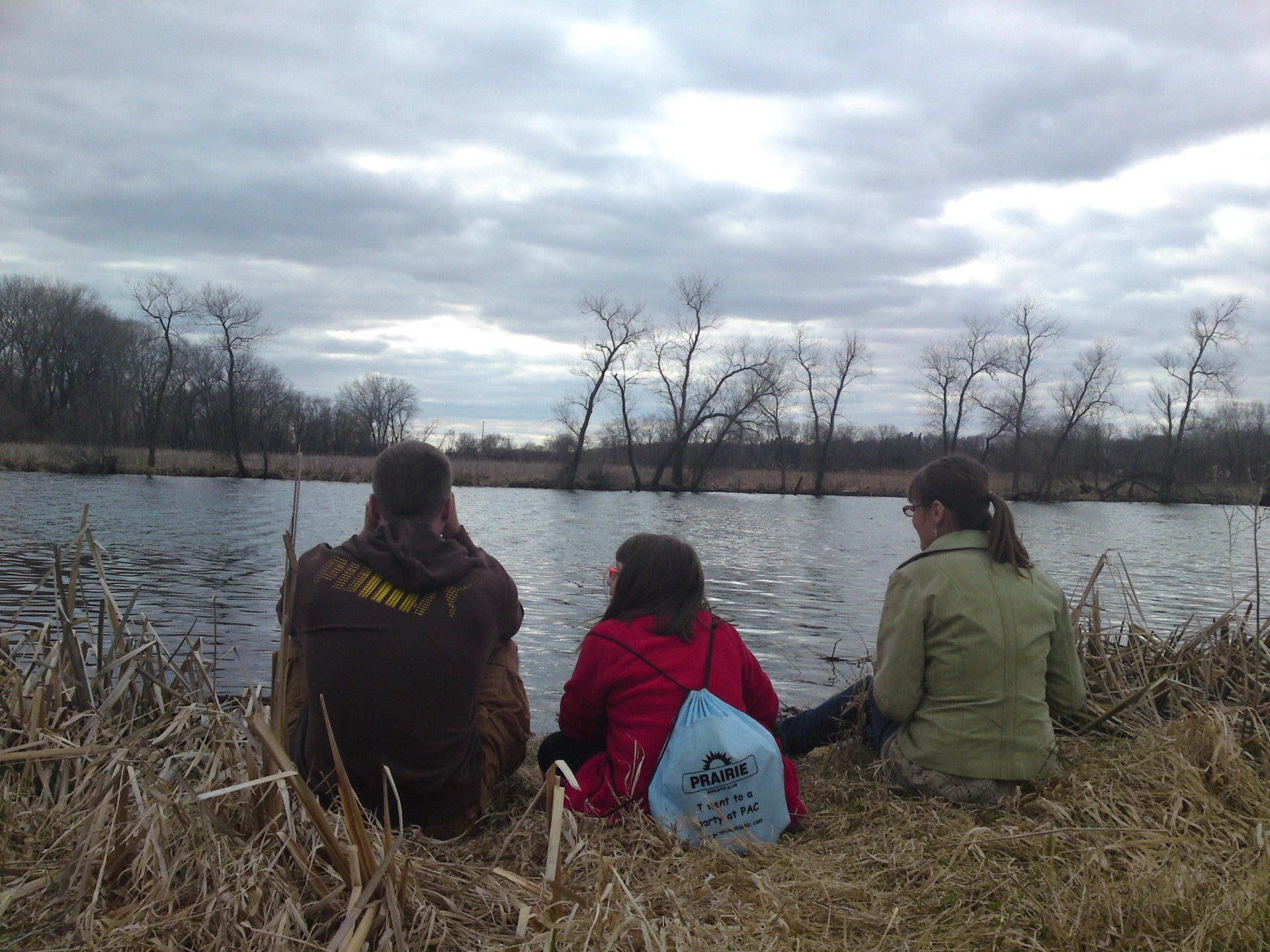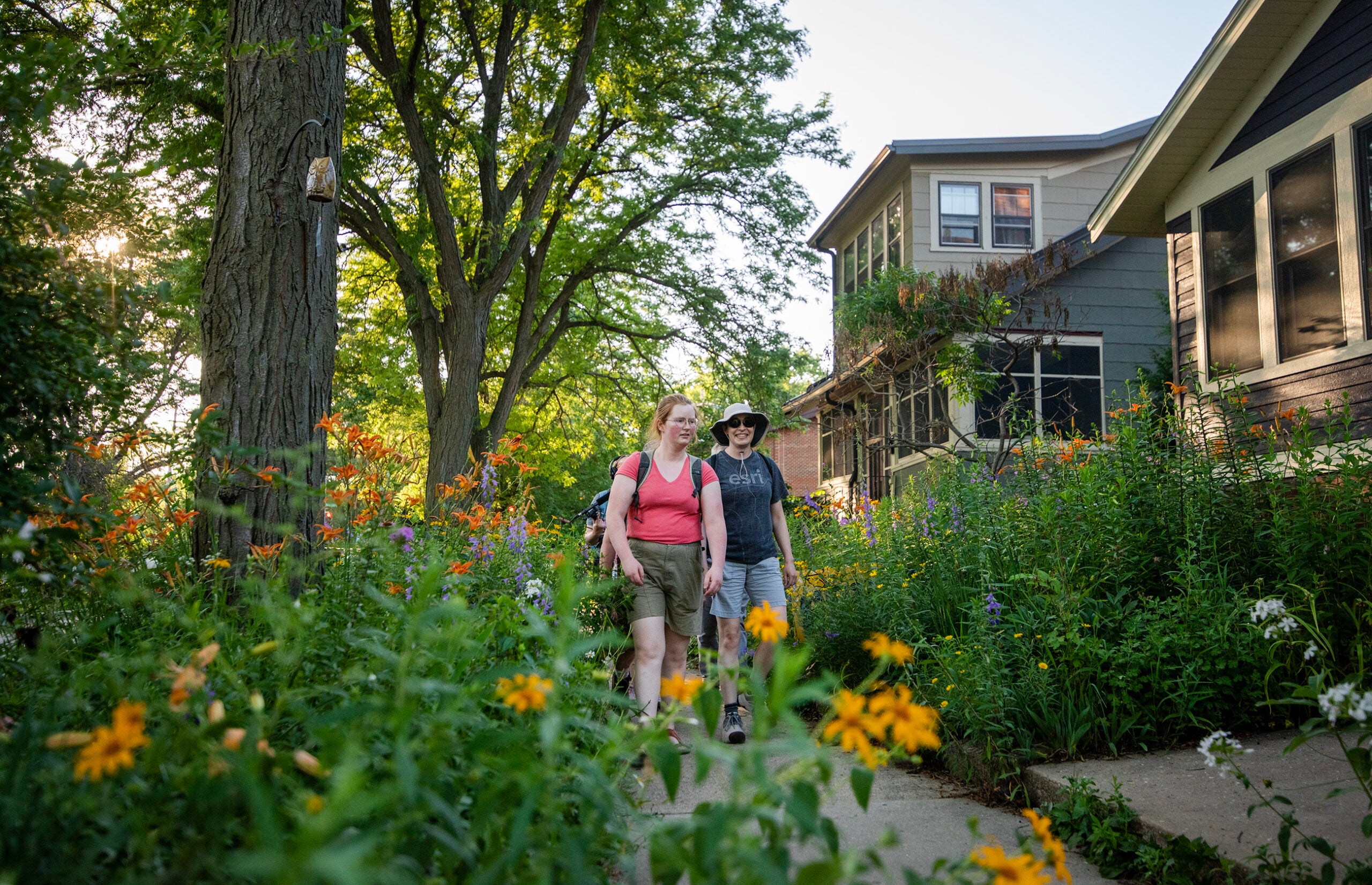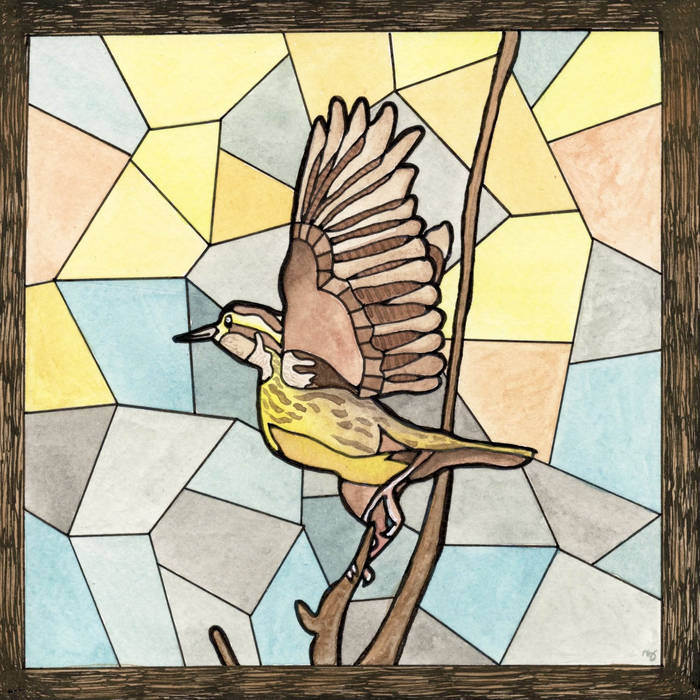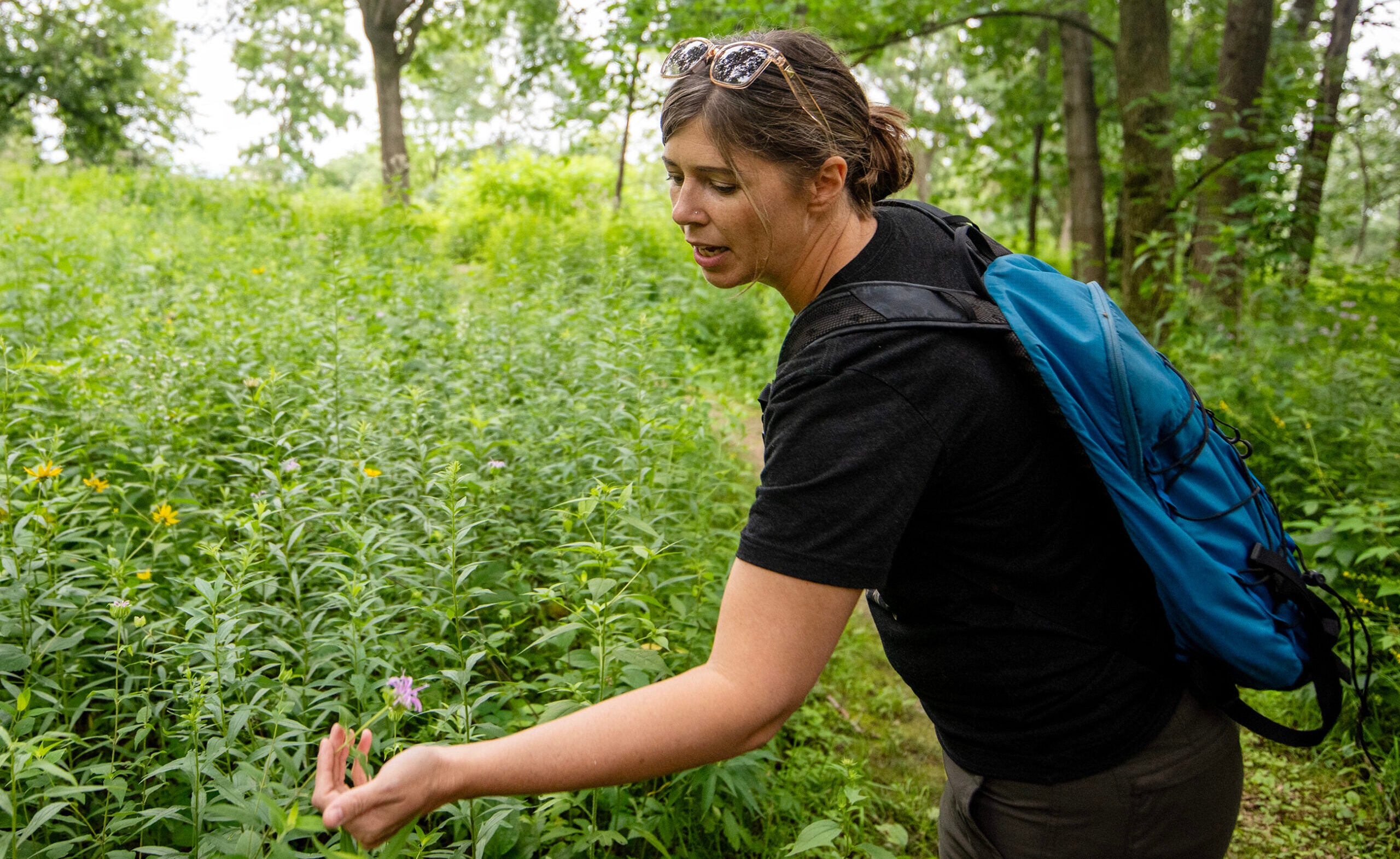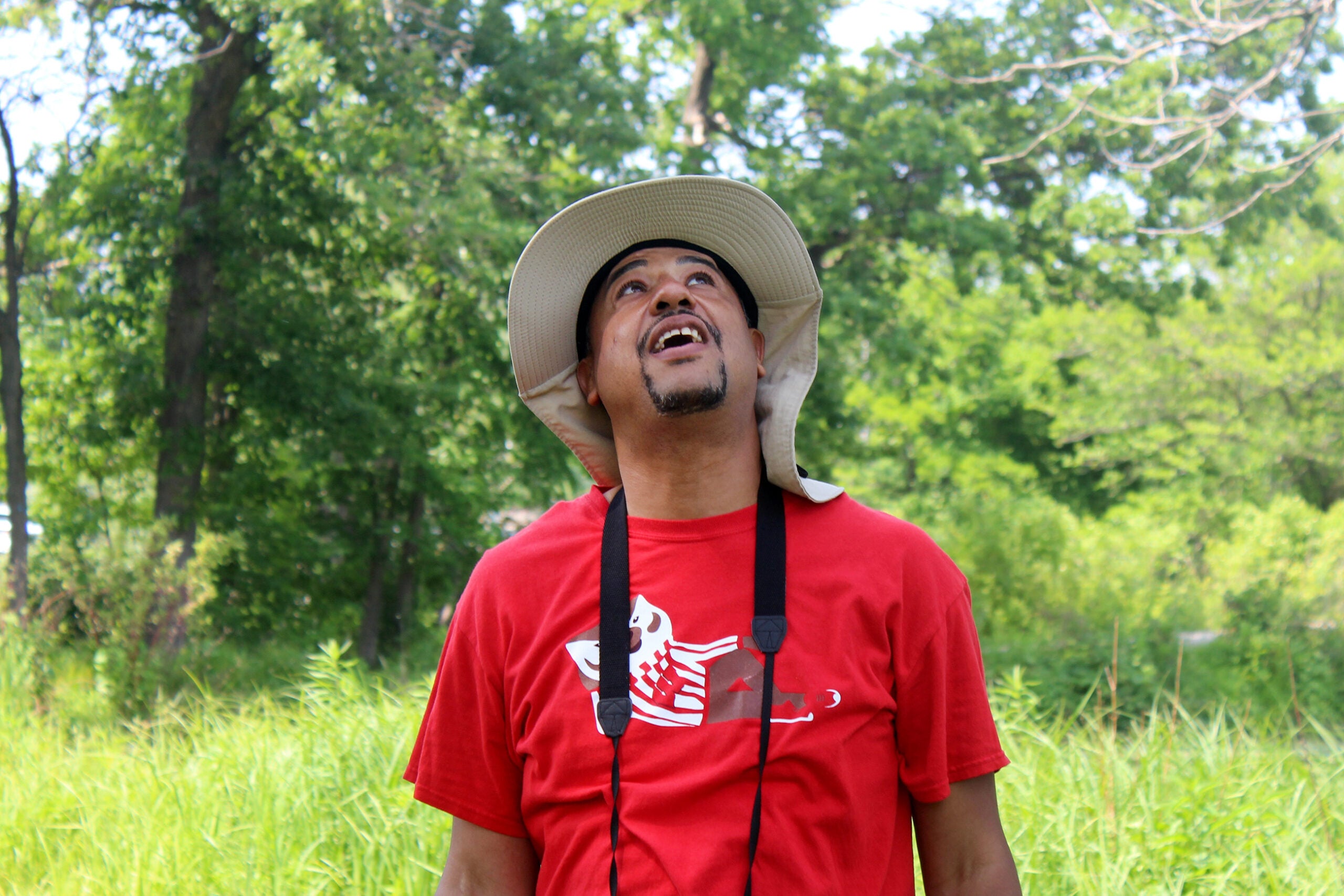Trish O’Kane calls herself an “accidental birder.”
After surviving Hurricane Katrina in 2005, O’Kane moved to Wisconsin with her husband to start a new chapter. She had spent years as a human rights journalist in Central America and was now setting her sights on a Ph.D. in environmental natural resources from the University of Wisconsin-Madison.
What started as an assignment in her ornithology class turned into a profound love of birding, especially in her local park, Warner Park in Madison.
News with a little more humanity
WPR’s “Wisconsin Today” newsletter keeps you connected to the state you love without feeling overwhelmed. No paywall. No agenda. No corporate filter.
She chronicles the story in her new book, “Birding to Change the World,” which shares a name with the educational program she founded in Wisconsin that connects college and K-12 students with nature — and each other.
O’Kane recently joined WPR’s “Central Time” to talk about her book and why she no longer sees a stark divide between humans and the natural world.
The following interview was edited for clarity and brevity.
Rob Ferrett: You did not grow up planning to be a bird watcher or a bird enthusiast. How did you get your start in birdwatching?
Trish O’Kane: After the hurricane, I just started watching birds in my yard as a way to calm myself down before I went to go teach, because it was difficult teaching in the city after the storm. I didn’t have binoculars. I didn’t have a field guide. I just started watching my yard birds.
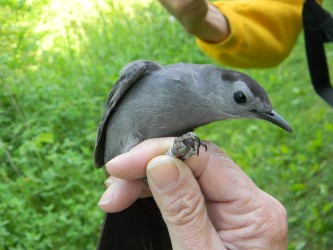
RF: When you came to Wisconsin for a graduate program in environmental studies, you formed a connection with Warner Park. What led you to have this connection and find such a rich, natural part of this city park?
TOK: When we moved up from New Orleans, my husband and I wanted to get a house, and the only place we could afford was on the north side. It was beautiful. We loved it — reminded us of Louisiana, because it was a wetland park.
I didn’t come to Madison as an ornithologist or even a birder. I just enrolled in an ornithology class, and the professor said, “Every week, go somewhere for one hour and sit and watch the birds or walk around and identify them.” And I thought, “(Warner Park) is just across the street from my house. I’ll just go in there. There has to be some birds in there.”
I ended up spending hours and hours there every day. And over the course of five years, I found 141 species, over half of them long-distance migrators that went to Central America or South America or the Deep South in the wintertime.
Even though there are a lot of recreation facilities in that park, it’s an amazing example of how we could share this planet with other species — how we can coexist.
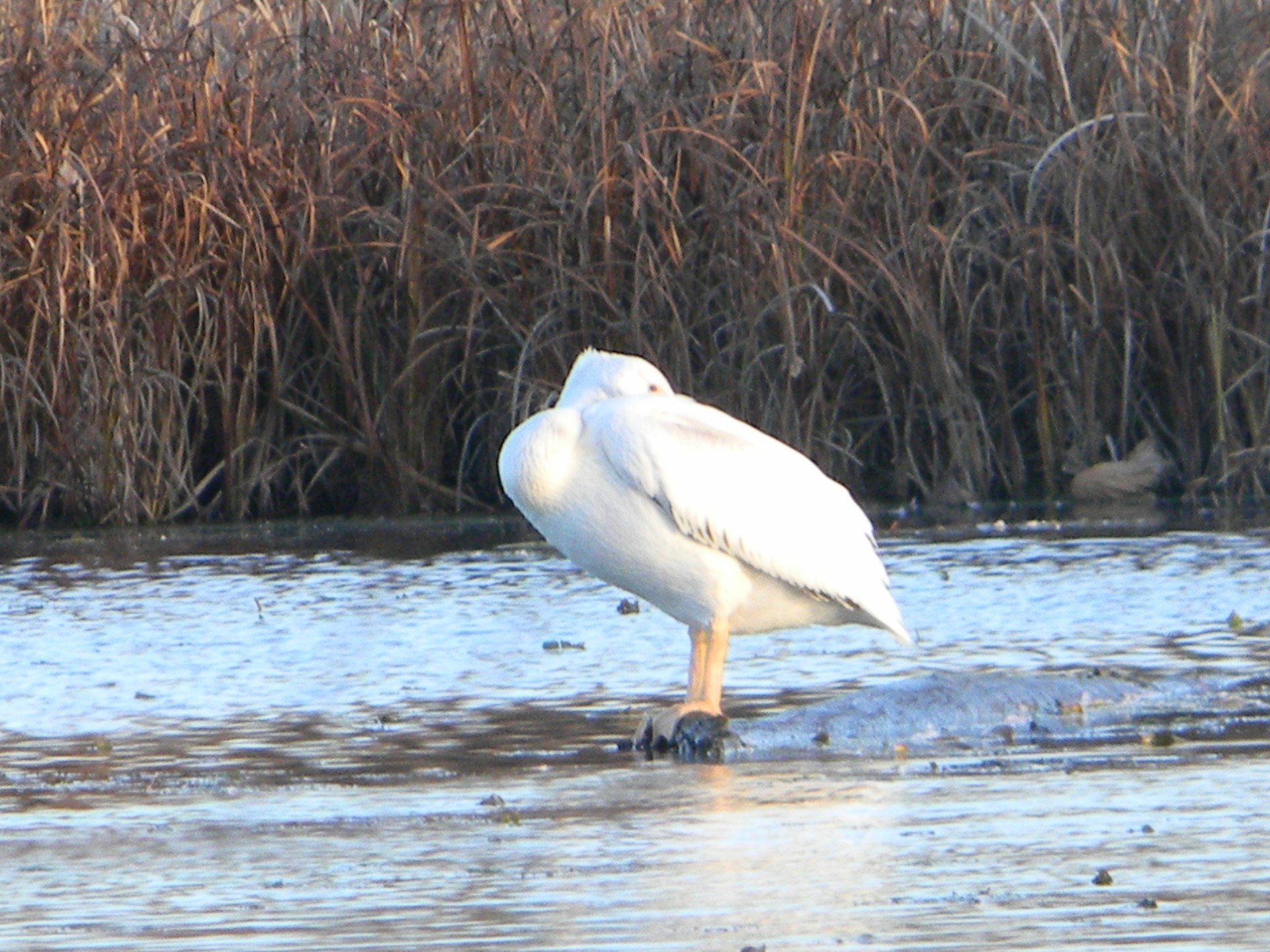
RF: One of the main themes in your book is that there isn’t such a stark divide between human development and the natural world. There’s a lot more in our backyards that’s worth protecting than we might realize.
TOK: In Western industrialized cultures, we have this idea that we’re separate from nature. I had a big wall in my brain when I moved to Madison. I didn’t think that I was going to find red-tail hawks flying over the baseball stadium during games with freshly killed squirrels in their talons or mating for 30 seconds on top of the stadium lights.
I expected to find the birds and the animals only on the wilder side of the park. But they were all over the park. The animals really busted down that separation in my brain and opened my way of thinking. Nature is everywhere, including inside our homes.
RF: You ultimately went on to create this program, Birding to Change the World, that brought university students together with kids in the community. What inspired this? What were you hoping to do?
TOK: After I started birding at Warner Park, I discovered that the city had plans to further build on the park and pave parts of it and cut down some of the woods and turn part of the wetland into a pontoon concession. I’d been studying ecology for a couple of years and I knew that would really hurt the birds, so I was very alarmed.
I started going to neighborhood meetings and talked to my city councilor. She said, “Look, there are hundreds of kids living in apartments around Warner Park, and they have no yards. The park is their yard. But there are no environmental programs in the park. So instead of just complaining about city plans, why don’t you do something for your community?”
I set up a class at UW-Madison. I started teaching undergraduates and taking them every week to Sherman Middle School, which is one mile from Warner Park, and we had a walking field trip to Warner Park. Each of my students was paired with a child for the entire semester. That started in 2010. It’s still running in Madison, not exactly in the same way and not at Sherman Middle School, but the program is still going.
It’s a wild success. The schools love it. The kids love it. Parents love it. The community loves it. And it brings college students into neighborhoods, so kids also get to think about going to college — an accessible goal. It’s not just about birds. It’s about relationships between people.
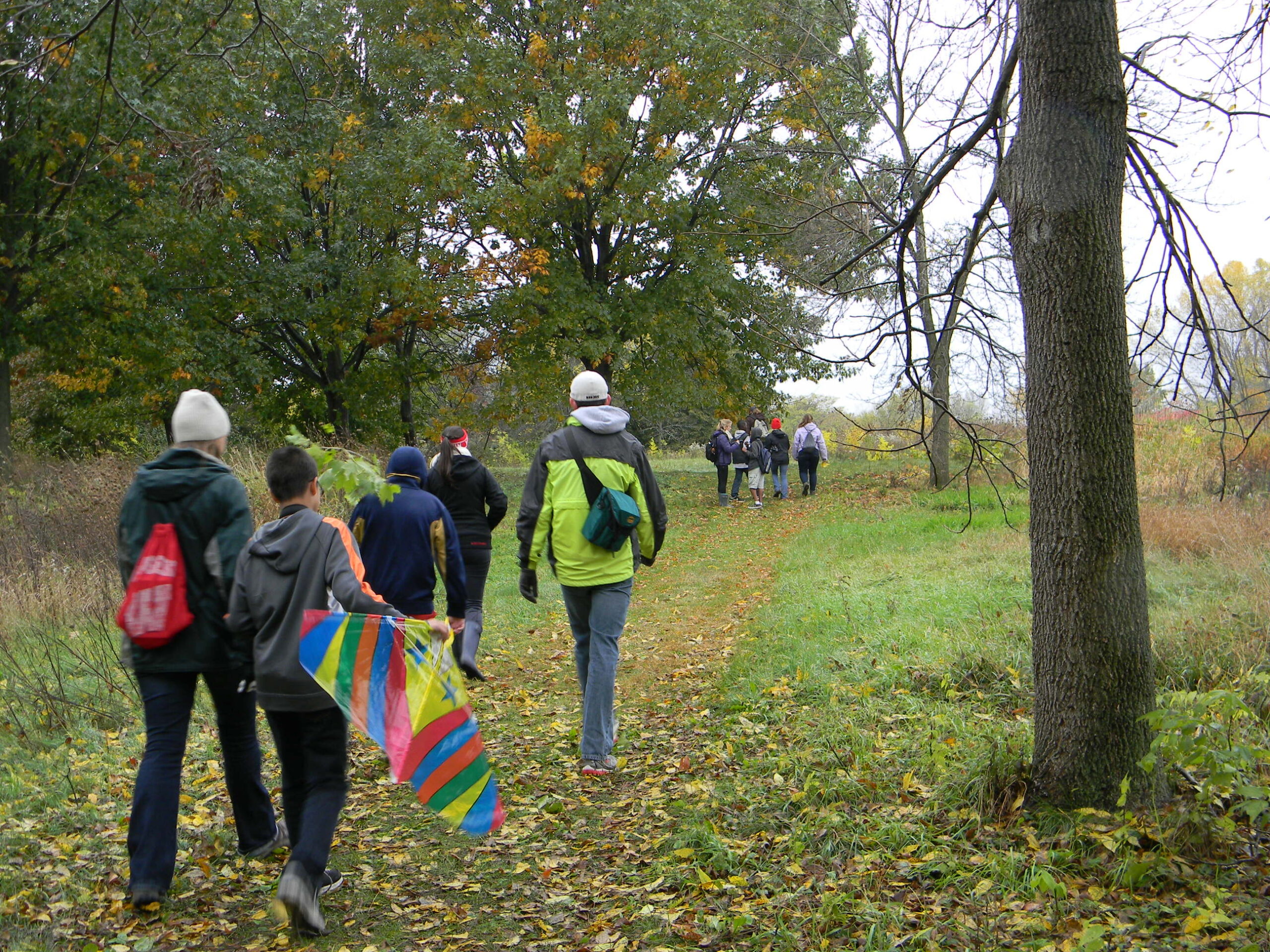
RF: You’re now living in Vermont. You recently came back to Madison for the Wisconsin Book Festival. What are birds that come through Wisconsin that you miss?
TOK: I cried when I saw the sandhill cranes in Warner Park, because we do not have sandhill cranes. When I taught in Warner Park, the kids when they saw those cranes, they just stopped and stared as if they were in church or something, because the cranes were bigger than them.
I miss the cranes. I miss the way they bugle the duet. I miss how when their chicks would hatch — they’re called “colts” — they would parade them around the park. That is a bird I will always miss.
Wisconsin Public Radio, © Copyright 2025, Board of Regents of the University of Wisconsin System and Wisconsin Educational Communications Board.

